When choosing a new furry friend, there’s much more to consider than a wagging tail or adorable face. Every dog breed comes with its own personality, quirks, and challenges—and while one person’s “problem pup” might be another’s perfect companion, some breeds consistently test their owners’ patience more than others.
Dogs lacking consistent training and exposure often develop habits like excessive barking, stubbornness, or overprotectiveness. On the flip side, owners who attend puppy classes are more likely to reward good behavior and create positive, engaging environments—something high-energy or strong-willed breeds desperately need.
In this guide, we’ll explore the most annoying dog breeds according to owners, shedding light on the traits that make them both lovable and exasperating. From clever escape artists to noisy attention-seekers, these dogs prove that even the most frustrating companions can shine with the right balance of patience, structure, and understanding.
Most Annoying Dog Breeds According To Owners
1. Chihuahua
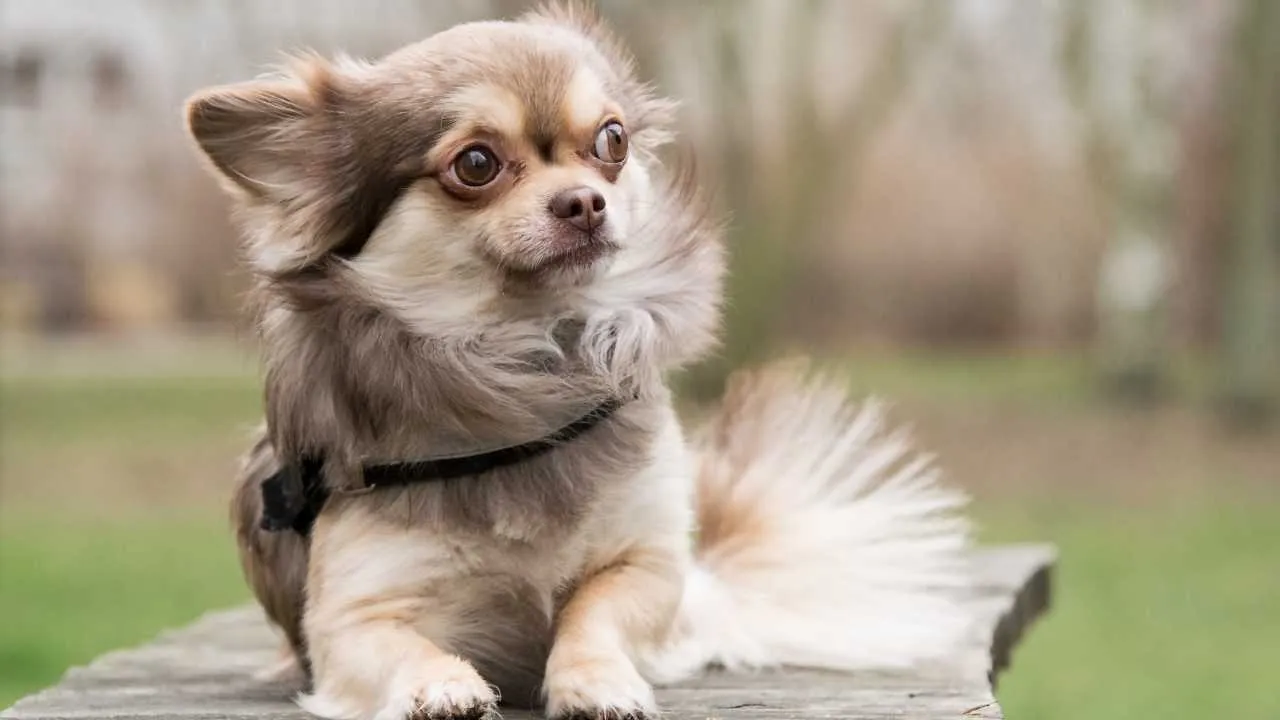
Also known as Chi or Chi-Chi, the Chihuahua is the world’s smallest dog breed, named after the Mexican state where it originated. The AKC explains that the Chihuahua, though small in size, has an outsized and lively personality.
Don’t let its petite size fool you—this tiny canine packs a big personality in a 6-pound frame. With expressive eyes, erect ears, and a confident stance, it’s often called a “purse dog,” but behind the adorable look lies a spirited and demanding companion.
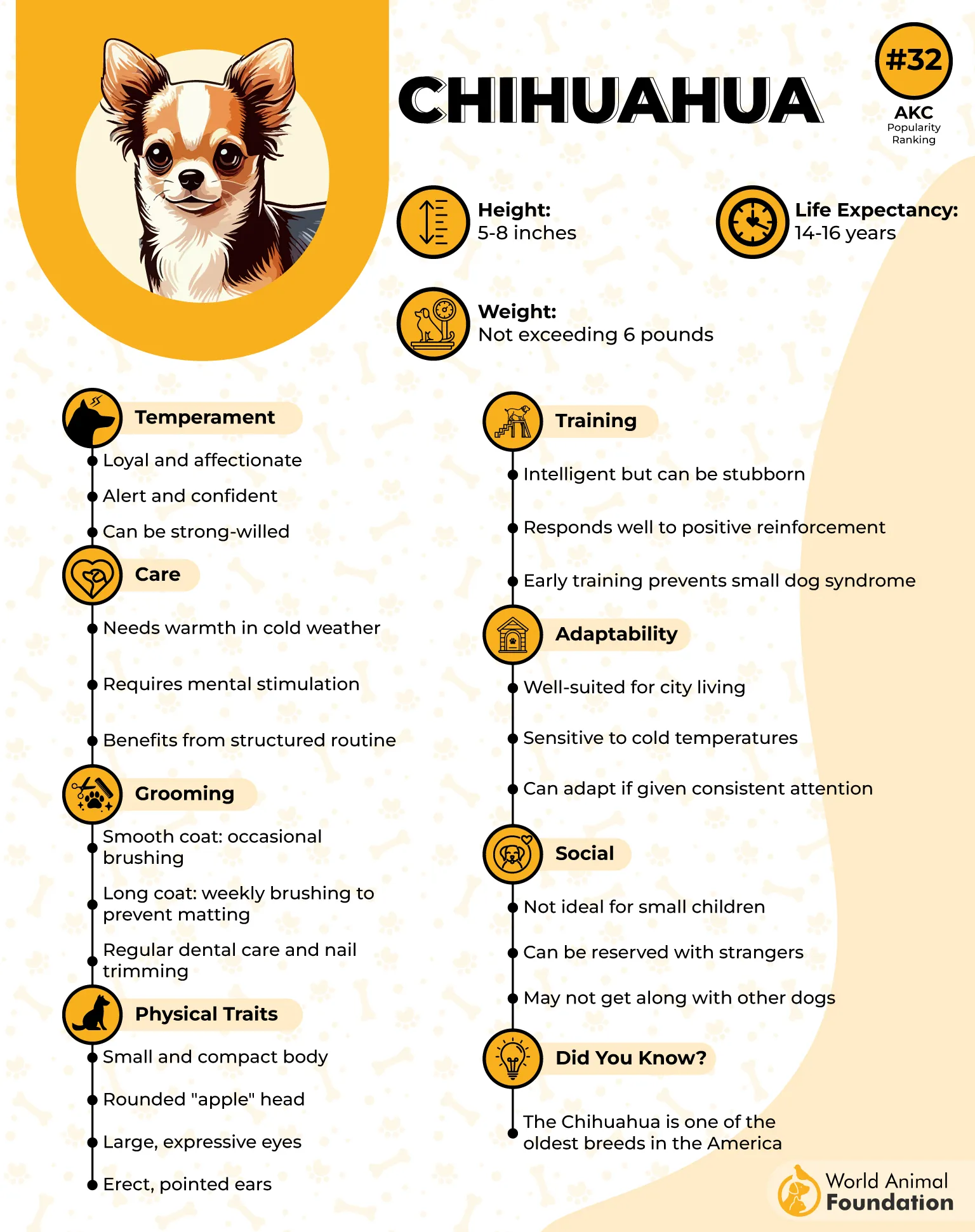
Owners frequently describe Chihuahuas as feisty, vocal, and stubborn, traits that can make them difficult to manage without early socialization. Their tendency to bark excessively, challenge larger dogs, or guard their favorite human can quickly wear thin on households unprepared for such intensity.
In shelters, many Chihuahuas arrive skittish, reactive, or untrained, often the result of owners underestimating their need for consistent guidance.
Left unchecked, their bossy behavior can evolve into snapping, biting, or territorial aggression—earning them a reputation as one of the most high-maintenance small breeds.
Fun Fact: Despite their size, Chihuahuas are among the oldest breeds in the Americas, tracing their lineage back to ancient pre-Columbian civilizations where they were cherished as sacred companions.
🎧 Dogcast
Episode 10 — Halloween Special
If you don’t hear sound, tap the button above to enable audio.
2. Border Collie
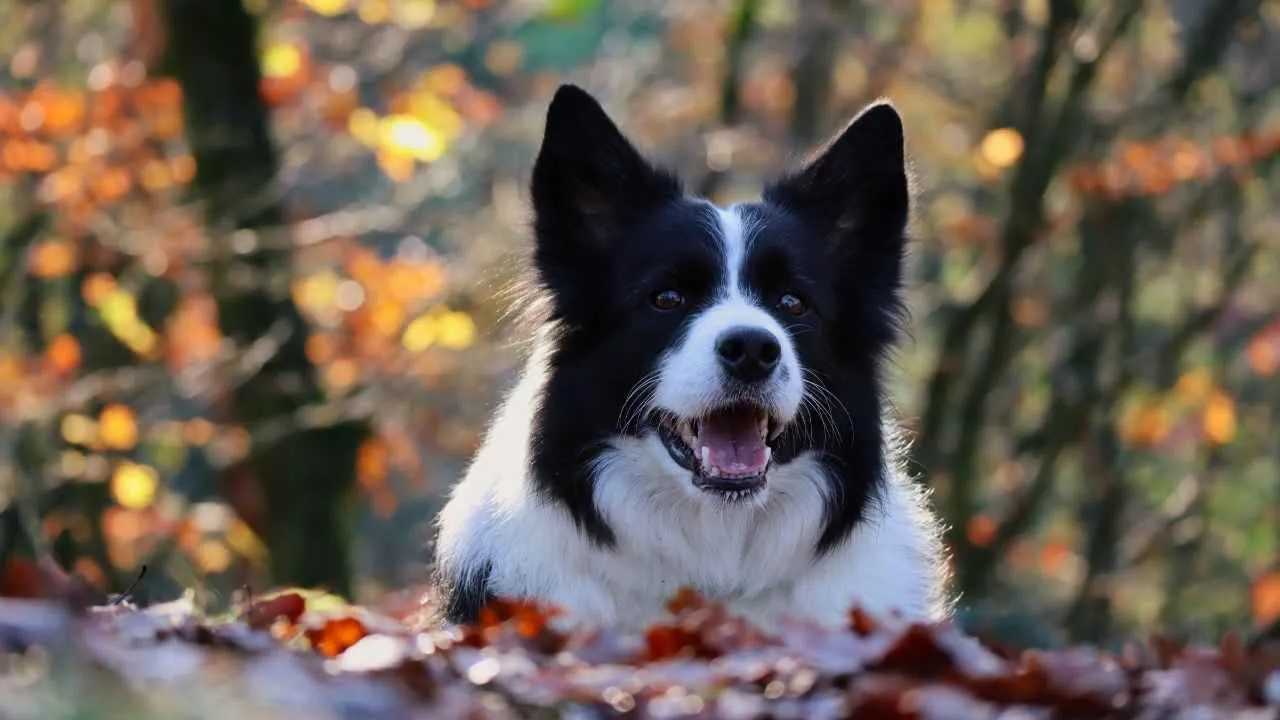
Also known as the “world’s greatest herder,” the Border Collie is a medium-sized, athletic breed celebrated for its razor-sharp intelligence and unmatched work ethic. PetMD explains that Border Collies are energetic working dogs originally bred in Great Britain to herd livestock.
This energetic dog is built for speed, agility, and precision, with almond-shaped eyes that convey intense focus—a signature trait known as the “herding eye.”
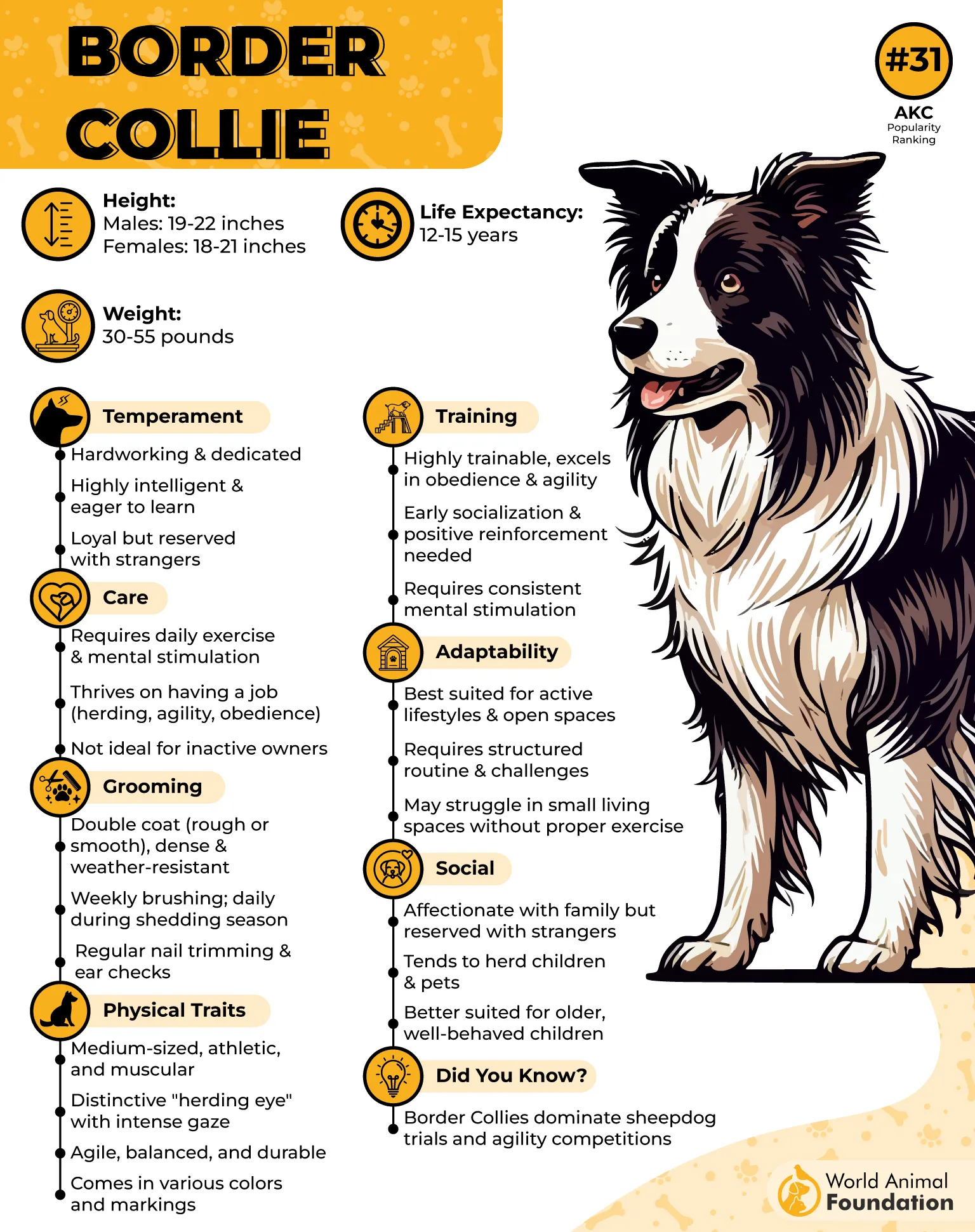
Their brilliance, while impressive, often makes them overwhelming for casual pet owners. Border Collies require near-constant mental and physical stimulation; without it, they can grow restless, resorting to barking, digging, or even attempting to “herd” children, pets, or guests around the house.
Because they thrive on having a job, a bored Collie can become mischievous or demanding, turning simple days into endurance tests for busy households. They’re happiest when enrolled in agility, obedience, or herding activities that satisfy their sharp minds and tireless energy.
Their high sensitivity and awareness of their surroundings mean they can easily become stressed in chaotic or noisy homes.
Fun Fact: Border Collies consistently top canine intelligence rankings, mastering new commands in as few as five repetitions, a trait that’s both a blessing and a challenge for unprepared owners.
3. Siberian Husky
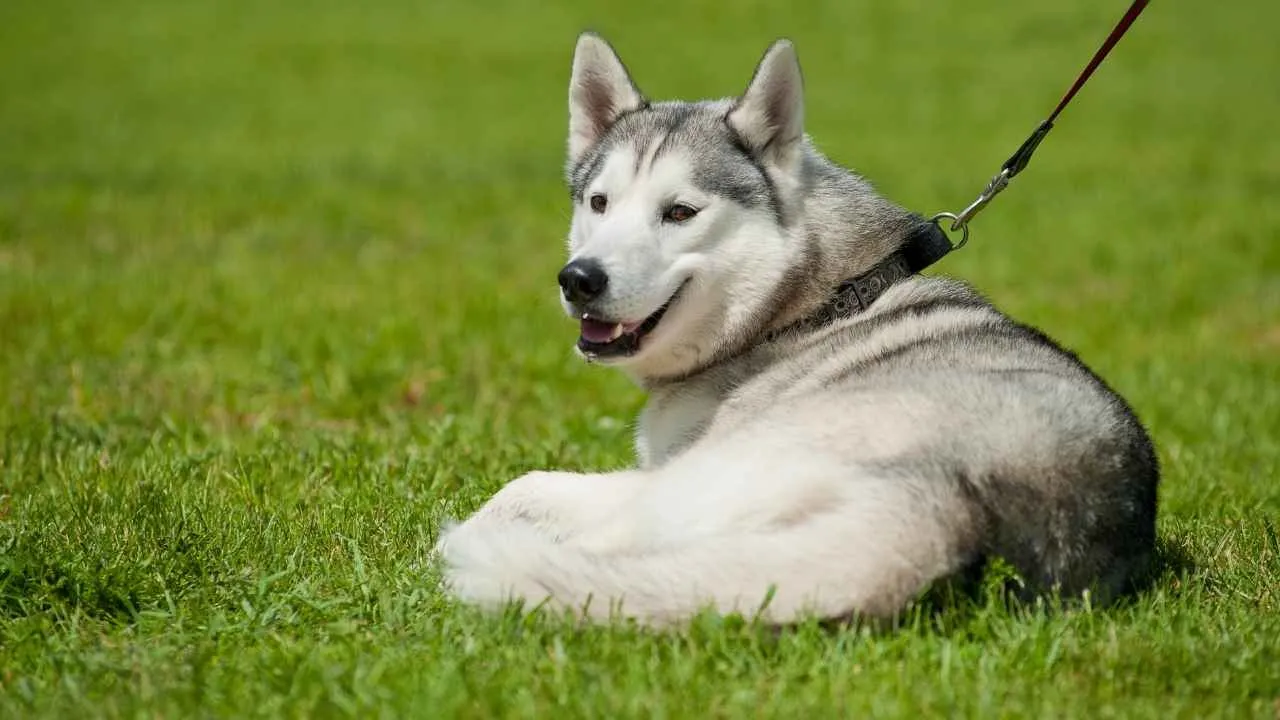
Also known simply as the Husky, the Siberian Husky is a medium-sized, thick-coated sled dog celebrated for its endurance, beauty, and spirited nature. WebMD notes that Siberian Huskies are lively and energetic dogs, making them ideal companions for active owners who enjoy running.
With piercing blue or brown eyes—sometimes one of each—this energetic breed carries a mischievous spark that delights fans but can test even the most patient owners.
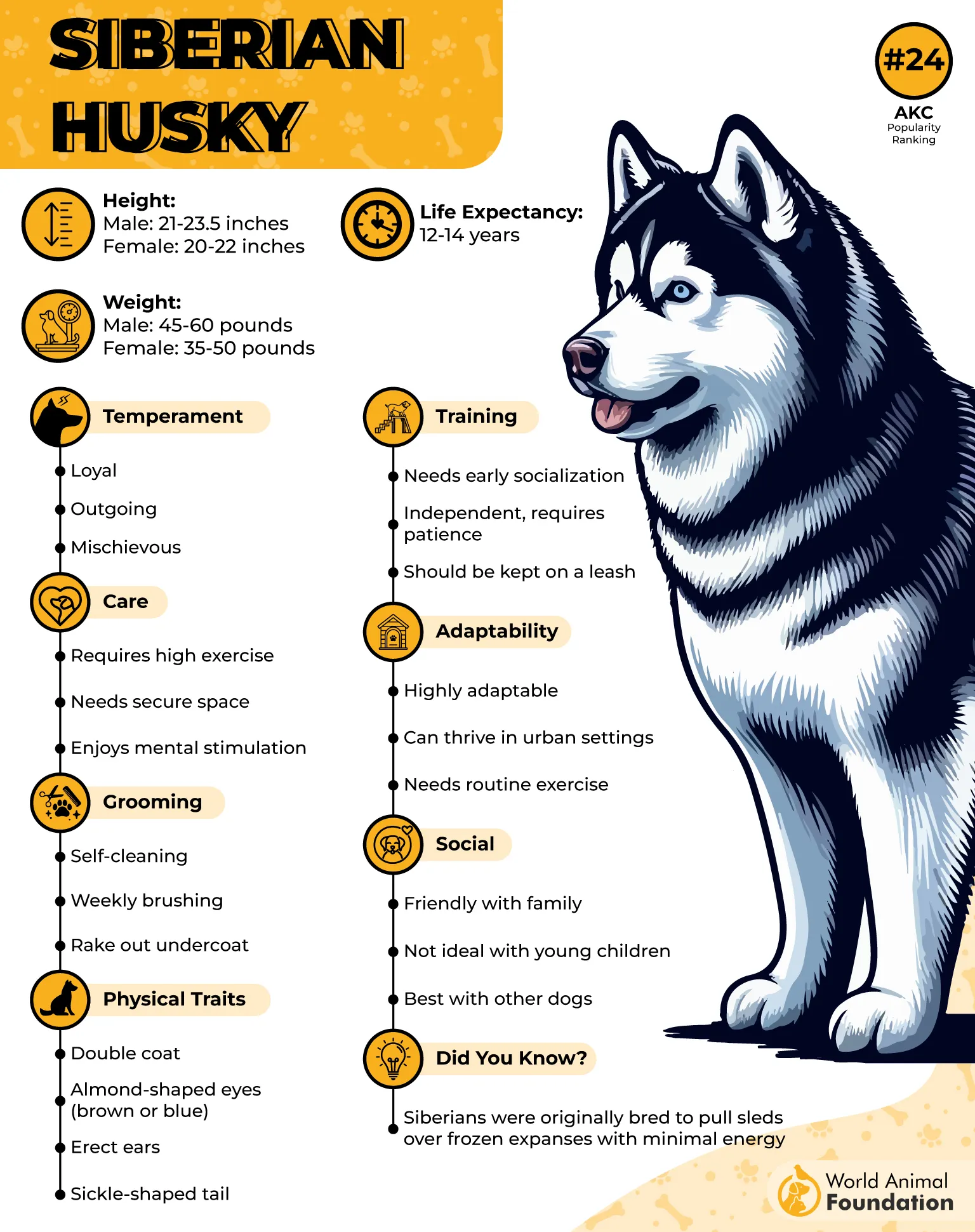
While undeniably friendly and intelligent, Huskies are notorious for their vocal habits. They rarely bark, but instead express themselves through dramatic howls and high-pitched whines.
In quiet neighborhoods, these wolf-like serenades can quickly wear thin, especially at night when their “conversations” echo across the block.
Their independent streak also frustrates many owners. Known escape artists, Huskies often dig, jump fences, or bolt after small animals, driven by their strong prey instinct. Without proper outlets for their boundless energy, they may turn to mischief—chewing, digging, or running laps indoors.
Training a Husky demands patience, consistency, and creativity. They’re quick learners but easily bored, which can lead to selective hearing during obedience lessons.
Fun Fact: Despite their stubborn nature, Huskies were bred to pull sleds across frozen landscapes, making them one of the most resilient and athletic breeds in the world.
4. Dachshund
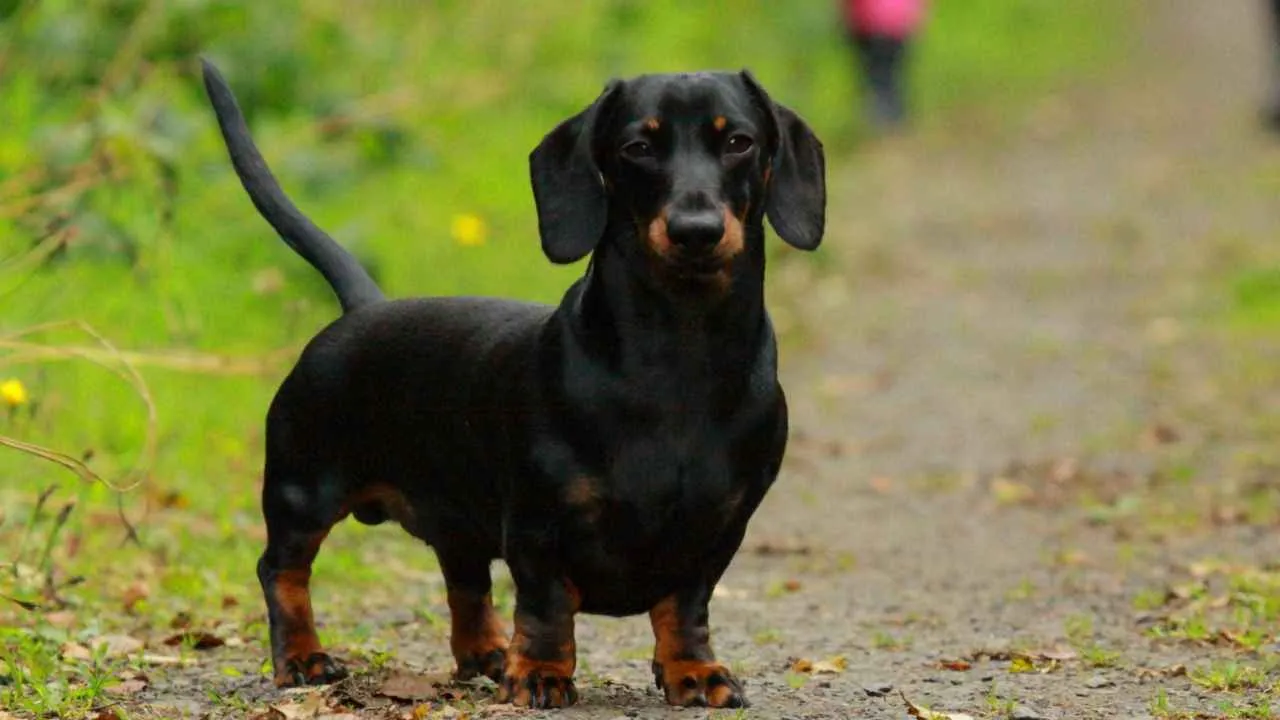
Also called the Weiner Dog, Badger Dog, or Sausage Dog, the Dachshund is instantly recognizable by its long body, short legs, and bold attitude. Their alert eyes and confident posture reflect their courageous heritage.
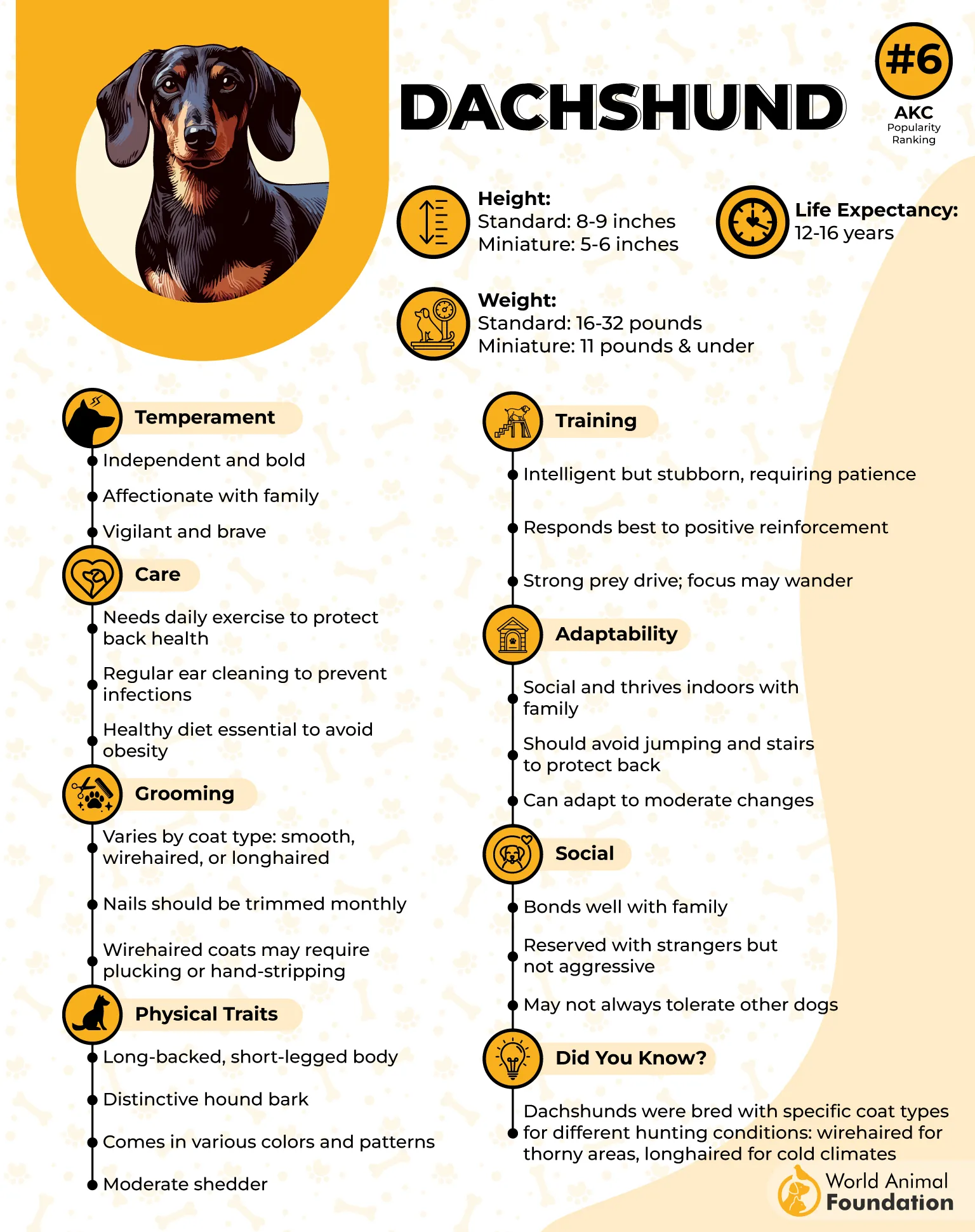
Despite their size, Dachshunds carry a big-dog personality, often displaying stubbornness that can test even experienced owners.
Their hunting roots gave them fierce independence and determination—traits that today often translate into resistance during training. Owners frequently describe them as strong-willed and opinionated, preferring to do things on their own terms.
Another trait that frustrates many households is their tendency to bark excessively. With sharp senses and a protective streak, Dachshunds vocalize at anything they perceive as a threat—real or imagined. This makes them vigilant watchdogs but also noisy neighbors.
Their assertive demeanor can also lead to small-dog aggression, especially toward larger dogs, as they try to prove their bravery.
Fun Fact: Dachshunds were bred to dig out burrowed prey—so don’t be surprised if yours starts tunneling through your blankets or backyard!
5. Miniature Schnauzer
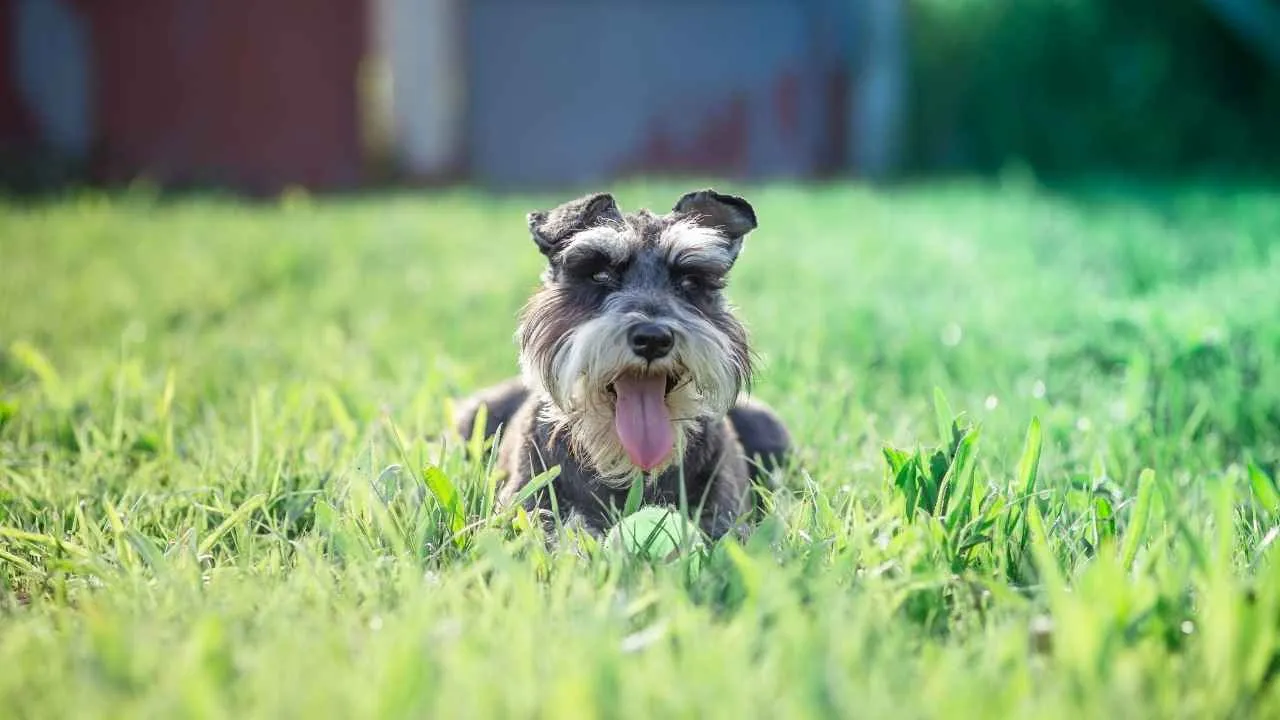
Also known simply as the Mini Schnauzer, this spirited German breed is the smallest of the Schnauzer trio and one of the most expressive. With a wiry coat and signature bushy beard, these dogs charm owners with their intelligence, boldness, and adorable, human-like expressions.
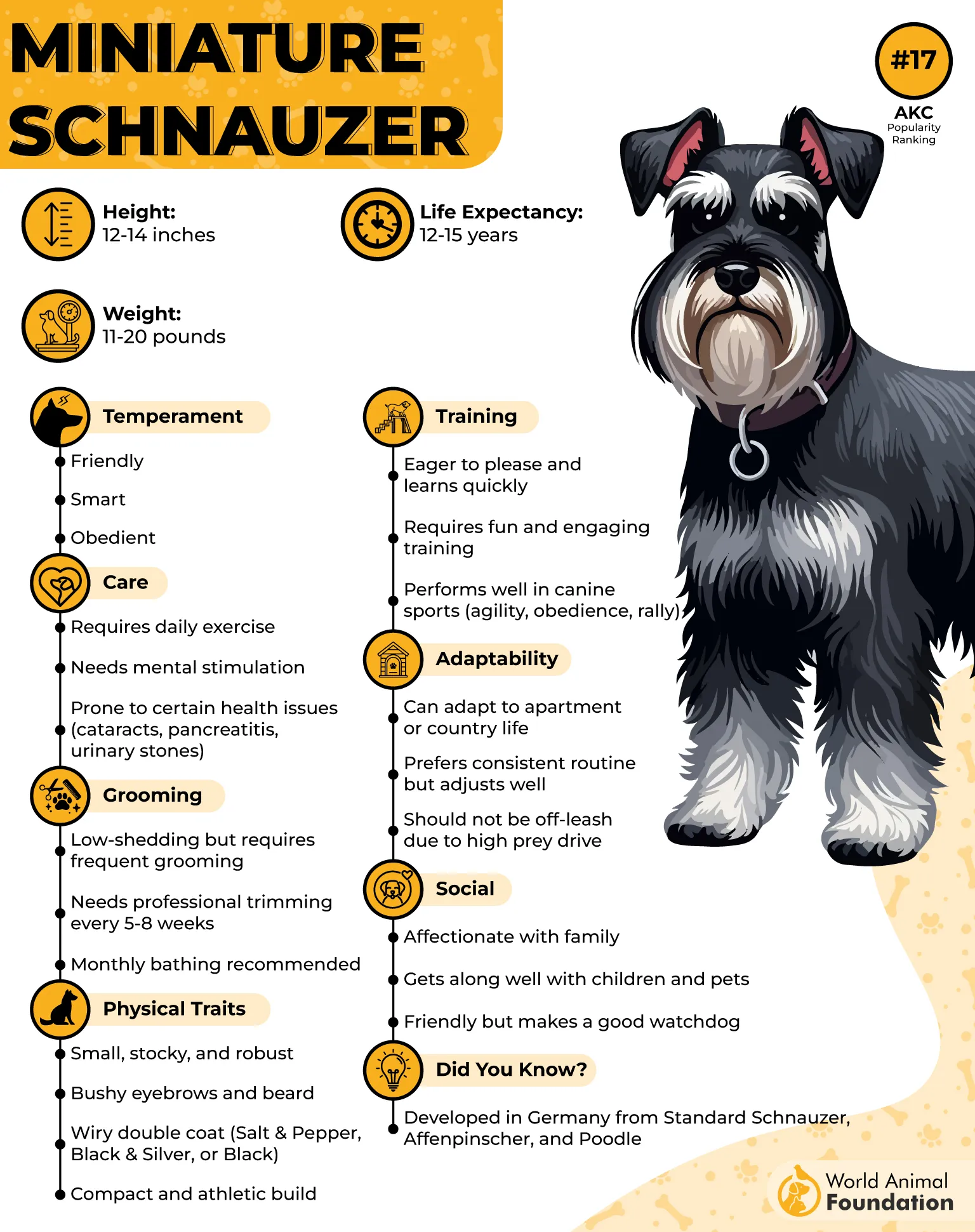
However, many owners admit that this compact watchdog’s constant barking can be exasperating. Originally bred as a farm ratter and alert dog, the Miniature Schnauzer inherited a strong guarding instinct, which now translates into vocal outbursts at every unfamiliar sound or movement. Without proper training, this tendency can quickly become a noisy household habit.
Their sharp minds and high energy also make them prone to boredom-induced mischief if not mentally stimulated. These clever little dogs require consistent structure and attention, or they’ll find their own—often noisy—ways to stay entertained.
Miniature Schnauzers are generally healthy and long-lived, but they’re also susceptible to hyperlipidemia, a condition causing high fat levels in the blood that requires careful monitoring and a balanced diet.
Fun Fact: Despite their small size, Miniature Schnauzers were once prized for their fearless ability to chase off farm vermin with unmatched enthusiasm.
6. Smooth Fox Terrier
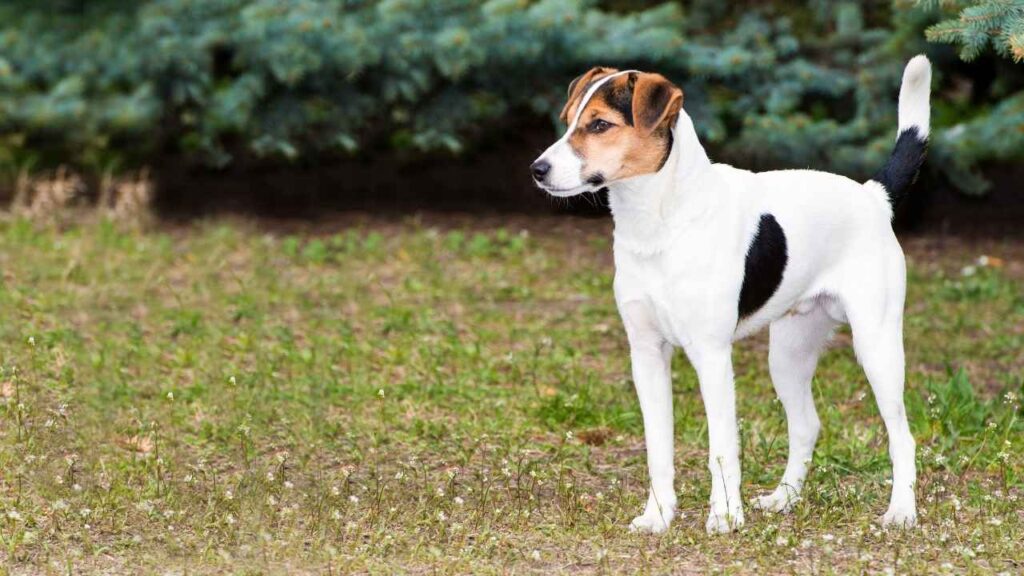
Also known as the Gentleman of the Terrier World, the Smooth Fox Terrier is a small but spirited breed, originally bred in Britain for fox hunting. This compact dog carries a sleek white coat with black or tan markings and a sharp, V-shaped head that mirrors its alert and curious personality.
While charming and full of personality, these little dynamos often challenge first-time dog owners with their boundless energy and fierce independence. Their quick wit and stubborn streak mean they prefer doing things their way, which can frustrate owners expecting a more compliant companion.
Their hunting instincts also make them prone to chasing anything that moves, from squirrels to neighbors’ cats. Without consistent training and plenty of physical and mental stimulation, they may become vocal, restless, or mischievous around the house.
These terriers thrive best with confident owners who can match their determination and keep them engaged.
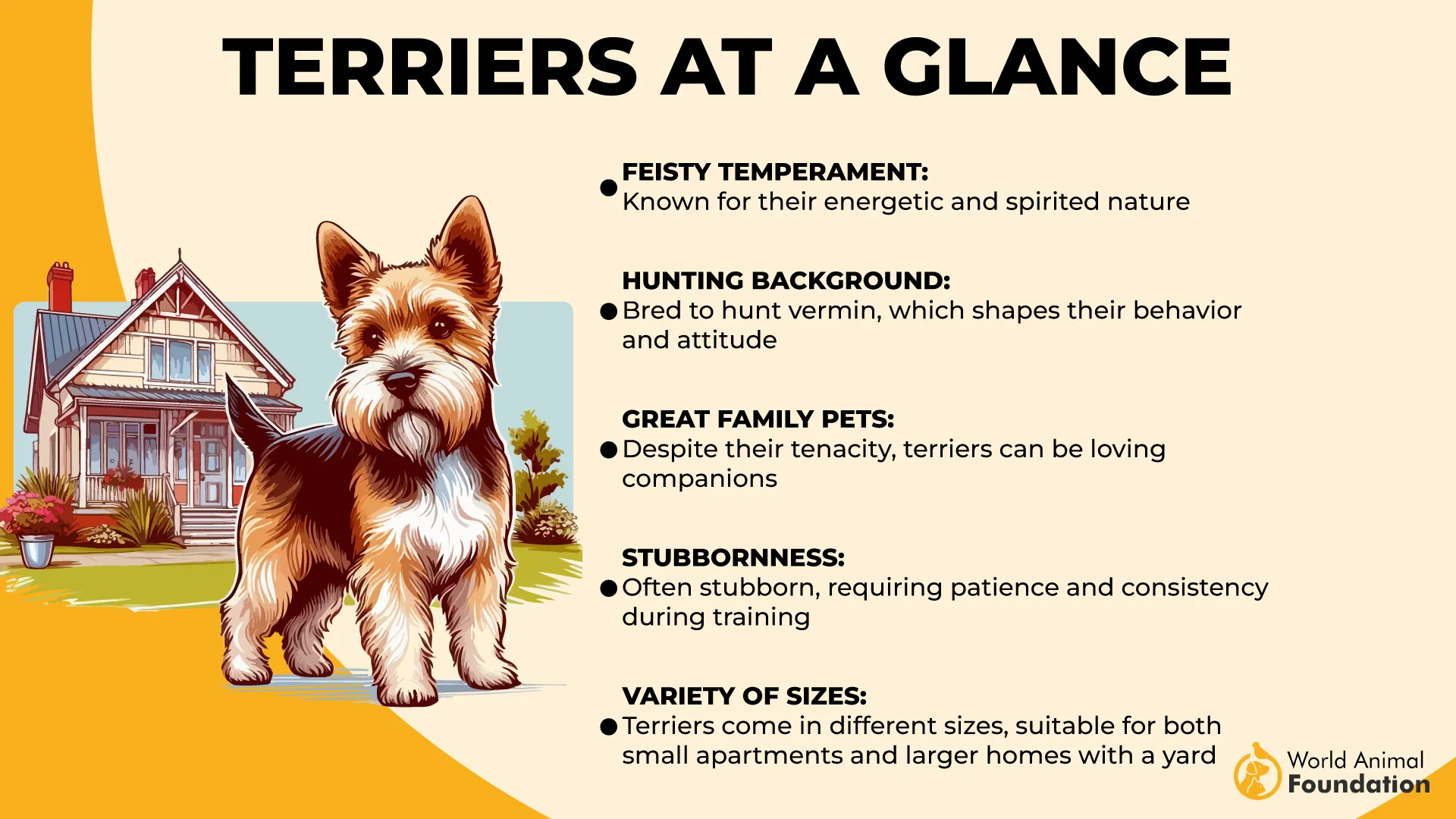
Fun Fact: The Smooth Fox Terrier was one of the first breeds recognized by the AKC back in 1885, marking its long-standing legacy among terrier enthusiasts.
7. Basset Hound
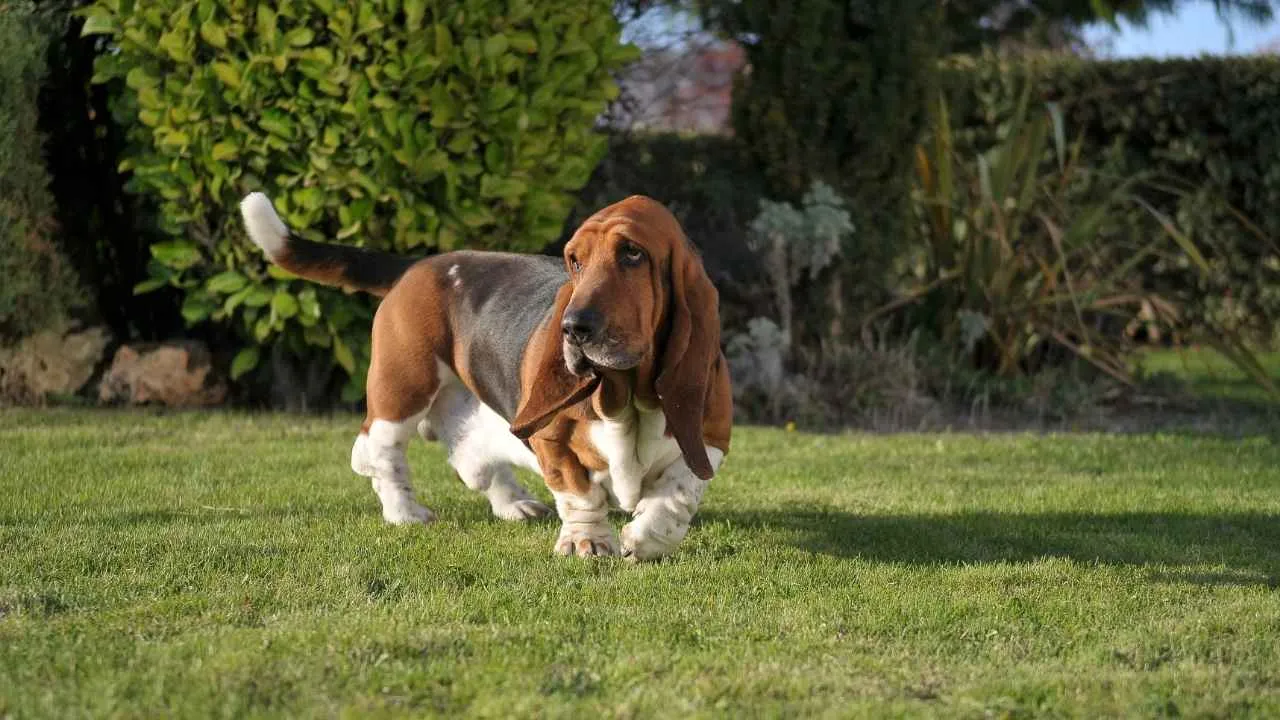
Also known as the Hush Puppy dog, the Basset Hound is a low-slung French scent hound famous for its droopy ears, soulful eyes, and comical charm. This breed combines a mellow demeanor with a surprisingly stubborn streak, making it as endearing as it is exasperating.
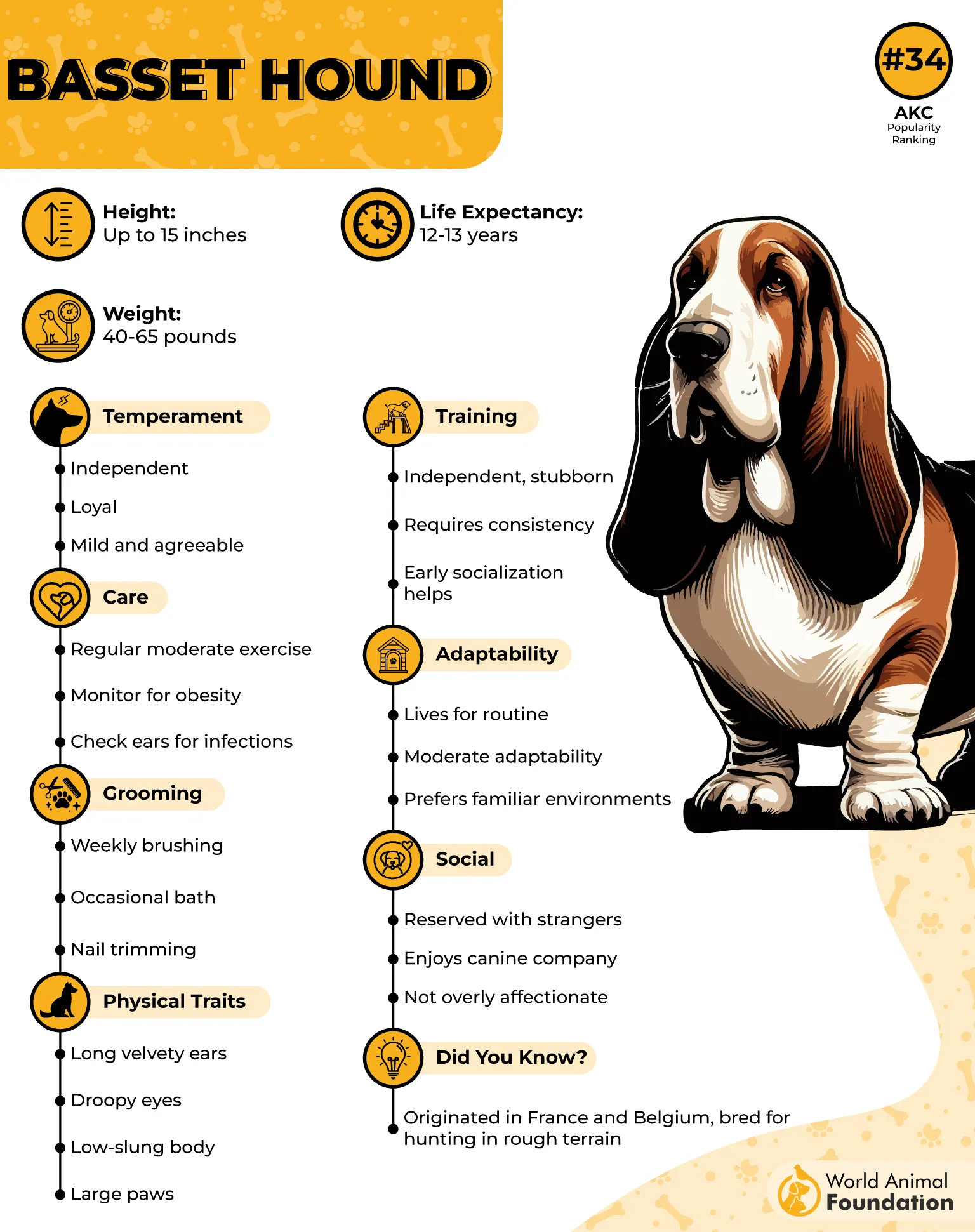
Owners often find Bassets vocal and demanding, using their booming bark to express everything from hunger to boredom.
These dogs are masters of “verbal queues”—a symphony of moans, bays, and woofs—especially when their routine is disrupted or their needs aren’t met. Understanding these signals is key to maintaining peace in the household.
Because of their strong scenting instincts, Bassets tend to follow their nose over their owner’s voice, which can make training a test of patience. Consistency, positive reinforcement, and mental stimulation are essential for keeping them focused and well-behaved.
To manage their quirks, owners should provide plenty of attention, toys, and structured activities. A busy Basset is a happy one—and far less likely to serenade the neighborhood.
Fun Fact: The Basset Hound ranks second only to the Bloodhound for the most powerful sense of smell among dogs.
Conclusion
While every breed has its charm, most dog owners agree that some pups require more patience, time, and understanding than others. Many popular dog breeds—from the energetic Shih Tzu to the strong-willed Cane Corso—come with quirks that can overwhelm new owners.
Whether it’s an independent nature, stubbornness to follow commands, or a tendency to demand constant attention, these challenges often emerge early. Training from an early age, consistent structure, and regular grooming can transform frustrating habits into good behavior, helping both dogs and families thrive.
For prospective owners, understanding a breed’s personality is key. Dogs with a strong prey drive may struggle off leash, while those with long ears or health issues might need extra care around small children or other dogs. Remember, even the highly intelligent breeds need proper boundaries and enrichment to stay happy and well-mannered. With patience, preparation, and empathy, even the so-called “most annoying” breeds can become loyal, loving companions in the right home.


